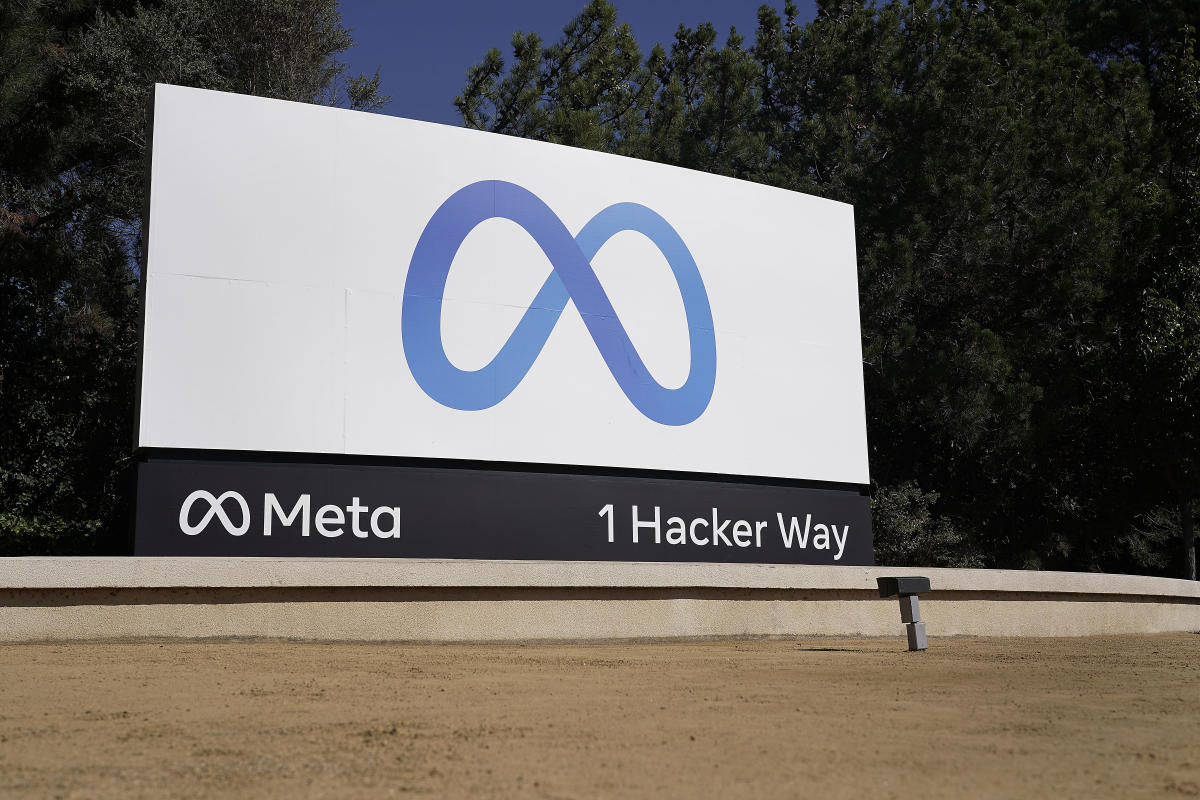- Improvements are rolling out now for Chrome for iOS
- Google Lens gets improved searches
- Tighter integrations with other Google apps
If you’re using Google Chrome on your iPhone, you’ll be interested in the four upgrades that have just been announced. They’re improving Google Lens search, online shopping, and integrations with Google Drive, Google Photos, and Google Maps.
First, as outlined in the official Google blog post, we’ve got an upgrade for Google Lens. You can already run Google Lens searches inside Chrome for iOS using a photo from the camera or your gallery – just tap the search box, then the Google Lens icon – and the new update lets you refine those searches with extra text.
So you could, for example, type out a color to narrow down the search results if you’re looking at a photo of a sweatshirt. Or maybe you have a photo of a place on the screen and want to add some text asking where in the world it is.
Second, there’s a new feature called Shopping Insights, which is only for US users now. If you’re looking at a product in Chrome that Google knows is available online at a discount, you’ll see a “good deal now” notification in the address bar – a little blue and white icon. Tap the icon to see the product’s price history over time.
Keeping it Google

The other changes here improve the integration between Chrome for iOS and other Google services. You can now save files and photos to Google Drive or Google Photos, so they don’t have to take up space on your iPhone – just tap the Google Drive option when saving a file, or long-press an image and pick Google Photos on the pop-up.
Then there’s Google Maps: Chrome for iOS could already bring up a map pop-up without actually opening Google Maps, but the process has now been streamlined and only needs a single tap. Chrome will automatically spot and underline addresses on the web.
Like Shopping Insights, the Google Maps update will not be available everywhere right away. Google says both of these features will expand to more regions over time, so keep an eye out for them. Make sure you update Chrome for iOS to the latest version to get everything as soon as possible.
It’s worth bearing in mind that all these features, or very similar features, are already available in Chrome for Android – so if you’re on a phone running Google’s mobile operating system, you’re not missing out.











































































































































































You must be logged in to post a comment Login